 Your new post is loading...
 Your new post is loading...

|
Scooped by
Beth Dichter
June 18, 2014 11:23 PM
|

|
Scooped by
Beth Dichter
December 29, 2016 6:23 PM
|
"Fake" news has been in the news quite a bit, and this infographic provides 10 questions that will help students determine if the information is 'real' or 'fake'. And if this is of interest to you, also check out the executive summary from Stanford Evaluating Information: The Cornerstone of Civic Online Information. The summary provides examples of assessments for middle school, high school, and college students.

|
Scooped by
Beth Dichter
July 30, 2015 7:42 AM
|
Instead of writing a syllabus or creating assessments or working on lessons plans, I have procrastinated and scoured some images from the web to make these. I have uploaded .png's of these into thi...

|
Scooped by
Beth Dichter
July 18, 2015 8:29 AM
|
"Evidence continues to emerge about the benefits of being a curious, interested person. Curious people tend to experience greater satisfaction with their lives, greater cognitive ability and increased memory function. Check out our latest infographic below for more information on the benefits of being curious."

|
Scooped by
Beth Dichter
July 15, 2015 10:56 PM
|
"We can make all sorts of assumptions about the way technology is changing learning, but what does the science actually say? According to Alfred Spector, Google’s vice president of research, it says a lot. For example, virtual tutors have helped average students reach the top 2% of their course; video games provide immersive environments that take the bordedom out of studying; and social networks are being used to increase interaction between students."

|
Scooped by
Beth Dichter
July 8, 2015 5:45 AM
|

|
Scooped by
Beth Dichter
June 22, 2015 6:23 AM
|
The meteoric rise in technology over the past three decades has completely changed the relationship between teens and media. Teens are often the first group to adopt a new technology.

|
Scooped by
Beth Dichter
June 18, 2015 6:40 AM
|
"Two students from Georgia share their what education looks like through their eyes with a dry-erase animated video."

|
Scooped by
Beth Dichter
June 15, 2015 10:23 PM
|
Great learning progression visual.

|
Scooped by
Beth Dichter
June 12, 2015 11:26 PM
|
In 2011, I wrote a blog post, titled Upgrade your KWL Chart to the 21st Century. It described how I learned about a new version of the traditional KWL (What do I Know, What do I Want to know and wh...

|
Scooped by
Beth Dichter
June 2, 2015 6:23 AM
|
"Composing a story from scratch comes naturally to some people. For the rest of us creating a story from scratch can be a struggle. Over the years I’ve found that using pictures helps a lot of students get started on crafting stories."

|
Scooped by
Beth Dichter
May 28, 2015 6:24 AM
|
Research better. Feel better

|
Scooped by
Beth Dichter
May 25, 2015 8:00 AM
|
Problem-based learning (PBL) was first introduced to the field of education in the 1960s by medical education specialist Howard Barrows, who argued that
|

|
Scooped by
Beth Dichter
December 29, 2016 6:40 PM
|
"You know the drill—with the winter holiday celebrations come those familiar “Top Ten Lists.” Top ten films of 2016... In keeping up with tradition, we here at EdSurge like to throw our hat in the ring with a selection of the top ten most popular too." EdSurge has been publishing their Top Ten S'Cool Tools for quite a few years, and you may find some new ones in this list. What makes this list a bit different is that these tools are chosen by the readers of EdSurge. Take a few minutes and see if you can fine one new tool to bring into your classroom.

|
Scooped by
Beth Dichter
August 17, 2015 8:42 AM
|
Every so often a tool is created that is so different and so unbelievably useful that it actually changes the way society functions. First came the spork – it scooped and punctured at the same time. Then came the remote control – you could watch TV and maneuver drones with a single click. Next was …

|
Scooped by
Beth Dichter
July 22, 2015 6:26 AM
|
"The 2015 Best Websites for Teaching & Learning foster the qualities of innovation, creativity, active participation, and collaboration. They are free, Web-based sites that are user friendly and encourage a community of learners to explore and discover. "

|
Scooped by
Beth Dichter
July 18, 2015 7:59 AM
|
When asked what my first language is, I often answer, "visual." I think in images, prefer to be taught through images, and like to express what I know through images. I find it disconcerting that a...

|
Scooped by
Beth Dichter
July 9, 2015 2:43 PM
|

|
Scooped by
Beth Dichter
June 29, 2015 10:20 PM
|
Students are curating content and impacting the world. Help them make the right choices with these 7 social media strategies.

|
Scooped by
Beth Dichter
June 22, 2015 6:07 AM
|
It's rare for educators to be kept in the scientific loop, and rarer still to encounter research that might actually compel us to change our teaching hab

|
Scooped by
Beth Dichter
June 17, 2015 5:43 AM
|
Math is often thought of as a dry subject, but math lovers have been working to show the more interesting side of math to students in many formats.

|
Scooped by
Beth Dichter
June 15, 2015 6:10 AM
|
Educational technology is making a huge impact on how students learn, how teachers teach and how education is done.

|
Scooped by
Beth Dichter
June 7, 2015 11:55 PM
|
"I am usually pretty darn proud of my MLIS students’ work. In going through my grad students’ final workshop presentations this semester, I found one just too useful not to share. So I asked for permission."

|
Scooped by
Beth Dichter
May 31, 2015 7:40 AM
|
"To understand the extent to which the skills taught in education systems around the world are changing, and whether they meet the needs of employers and society more widely, Google commissioned research from The Economist Intelligence Unit (EIU). The EIU surveyed senior business executives, teachers and students."

|
Scooped by
Beth Dichter
May 27, 2015 6:30 AM
|
How can educators decide which tech to use in the classroom? There are specialists who can help with that.

|
Scooped by
Beth Dichter
May 21, 2015 6:32 AM
|
The maker movement and maker education, in my perspective, are such great initiatives - really in line with what student-centric education should be in this era of formal and informal learning. Mak...
|





 Your new post is loading...
Your new post is loading...
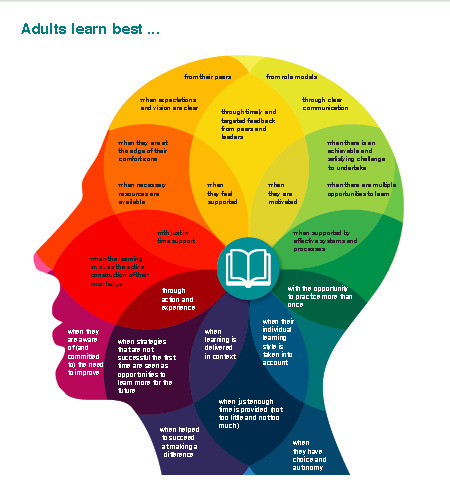



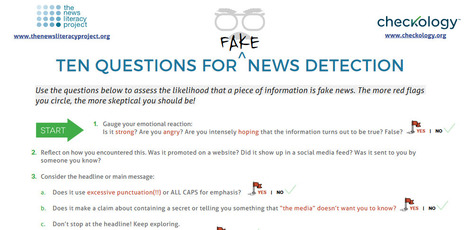

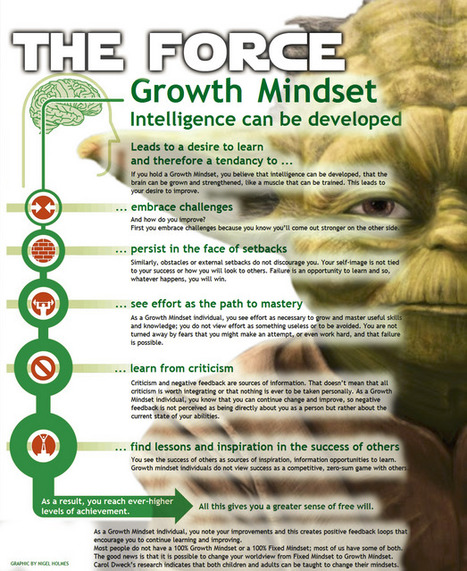


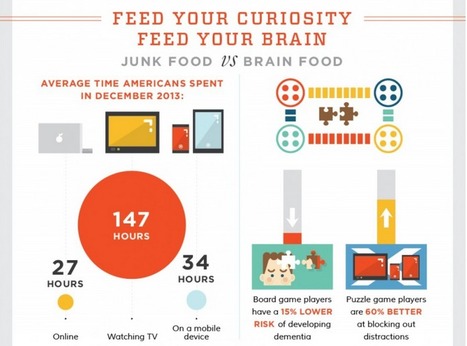

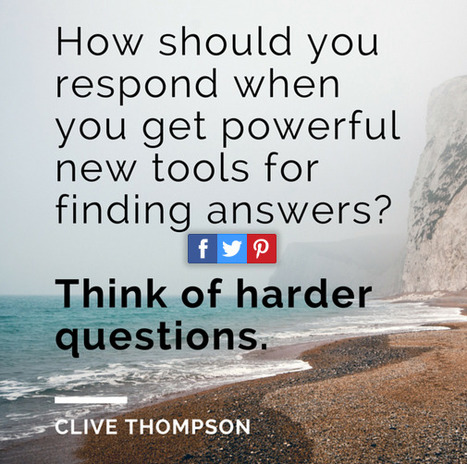




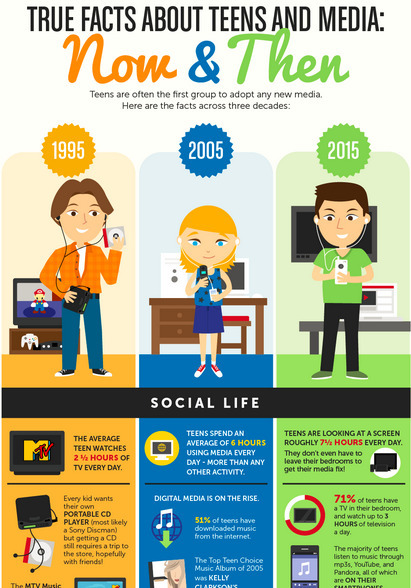


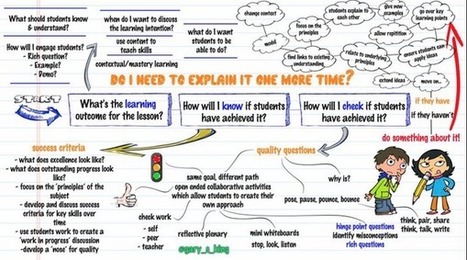

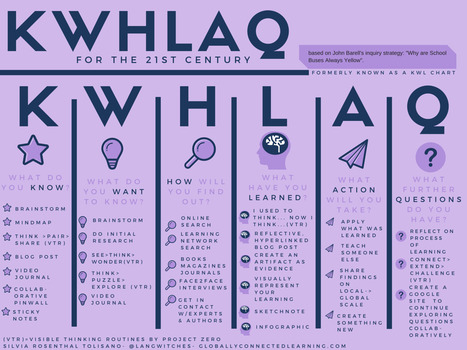

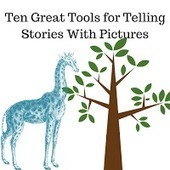
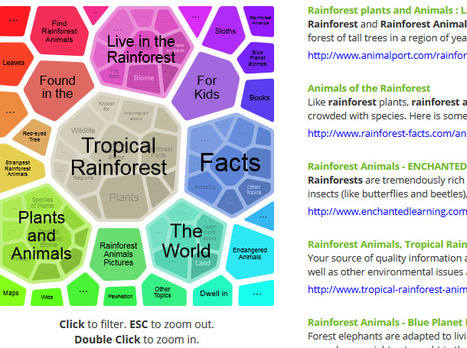



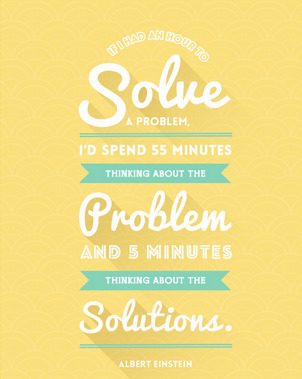
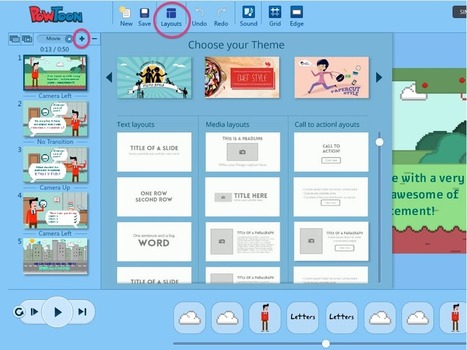





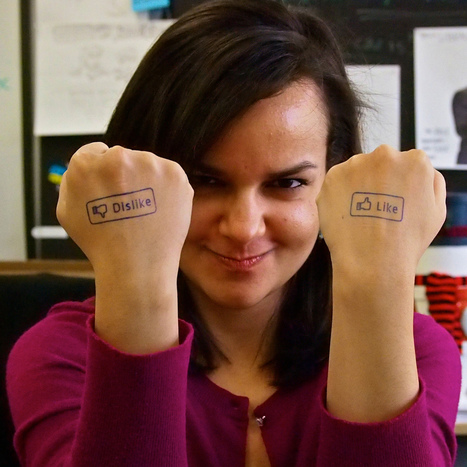
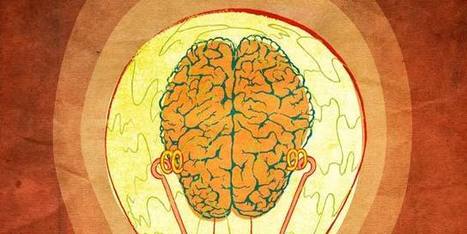

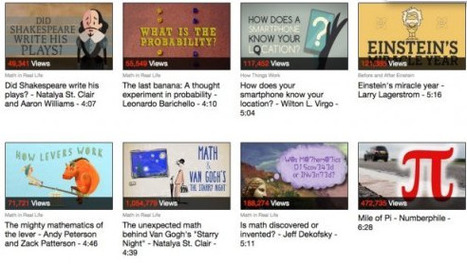
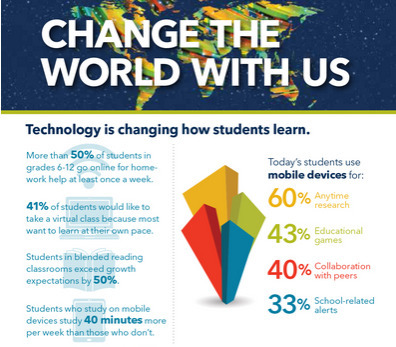

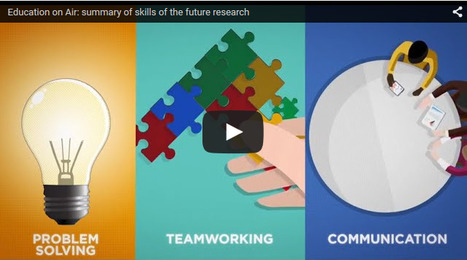


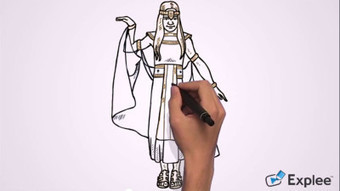



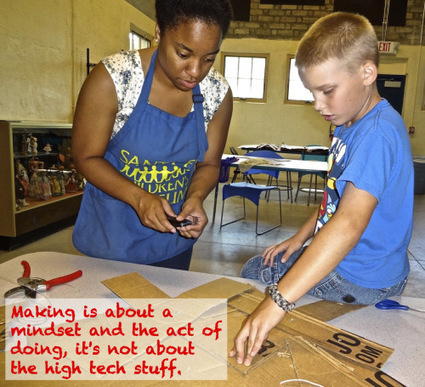





In our world today we are surrounded by visuals. Yet we walk into many classrooms and see many written texts that often have few visuals. This post begins with a quote from John Medina, the author of Brain Rules (and a developmental molecular biologist). He states "We are incredible at remembering pictures. Hear a piece of information, and three days later you’ll remember 10% of it. Add a picture and you’ll remember 65%. Professionals everywhere need to know about the incredible inefficiency of text-based information and the incredible effects of images (http://www.brainrules.net/vision)."
There is also a video that was created by students explaining their frustration with the lack of visual learning that takes place in the classroom.
Additional sections include:
* Use Visuals, Images, Data Visualizations, Infographics and Videos to Teach Concepts
* Use and Teach Learners How to Make Concept Maps and Graphic Organizers
* Use and Teach Learners How to Do Sketchnotes
* Allow and Encourage Learners to Show What They Know Through Visual Imagery
* Teach Visual Literacy
Jackie Gerstein provides a thought provoking post with links to additional resources. Take the time to read and consider how you might increase the use of visuals in your classroom. And if you have not read John Medina's book you might want to check out his website.
In our world today we are surrounded by visuals. Yet we walk into many classrooms and see many written texts that often have few visuals. This post begins with a quote from John Medina, the author of Brain Rules (and a developmental molecular biologist). He states "We are incredible at remembering pictures. Hear a piece of information, and three days later you’ll remember 10% of it. Add a picture and you’ll remember 65%. Professionals everywhere need to know about the incredible inefficiency of text-based information and the incredible effects of images (http://www.brainrules.net/vision)."
There is also a video that was created by students explaining their frustration with the lack of visual learning that takes place in the classroom.
Additional sections include:
* Use Visuals, Images, Data Visualizations, Infographics and Videos to Teach Concepts
* Use and Teach Learners How to Make Concept Maps and Graphic Organizers
* Use and Teach Learners How to Do Sketchnotes
* Allow and Encourage Learners to Show What They Know Through Visual Imagery
* Teach Visual Literacy
Jackie Gerstein provides a thought provoking post with links to additional resources. Take the time to read and consider how you might increase the use of visuals in your classroom. And if you have not read John Medina's book you might want to check out his website.